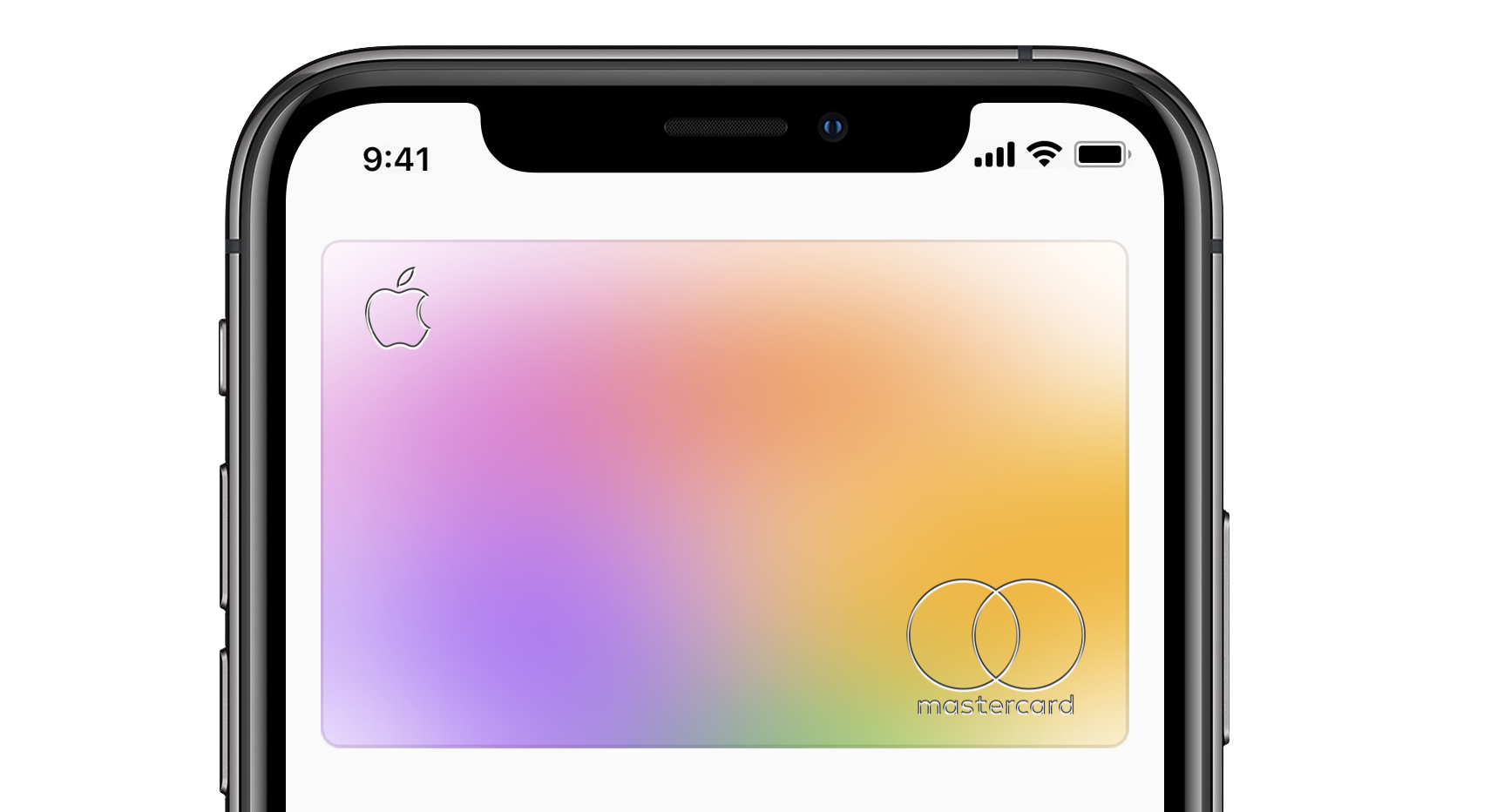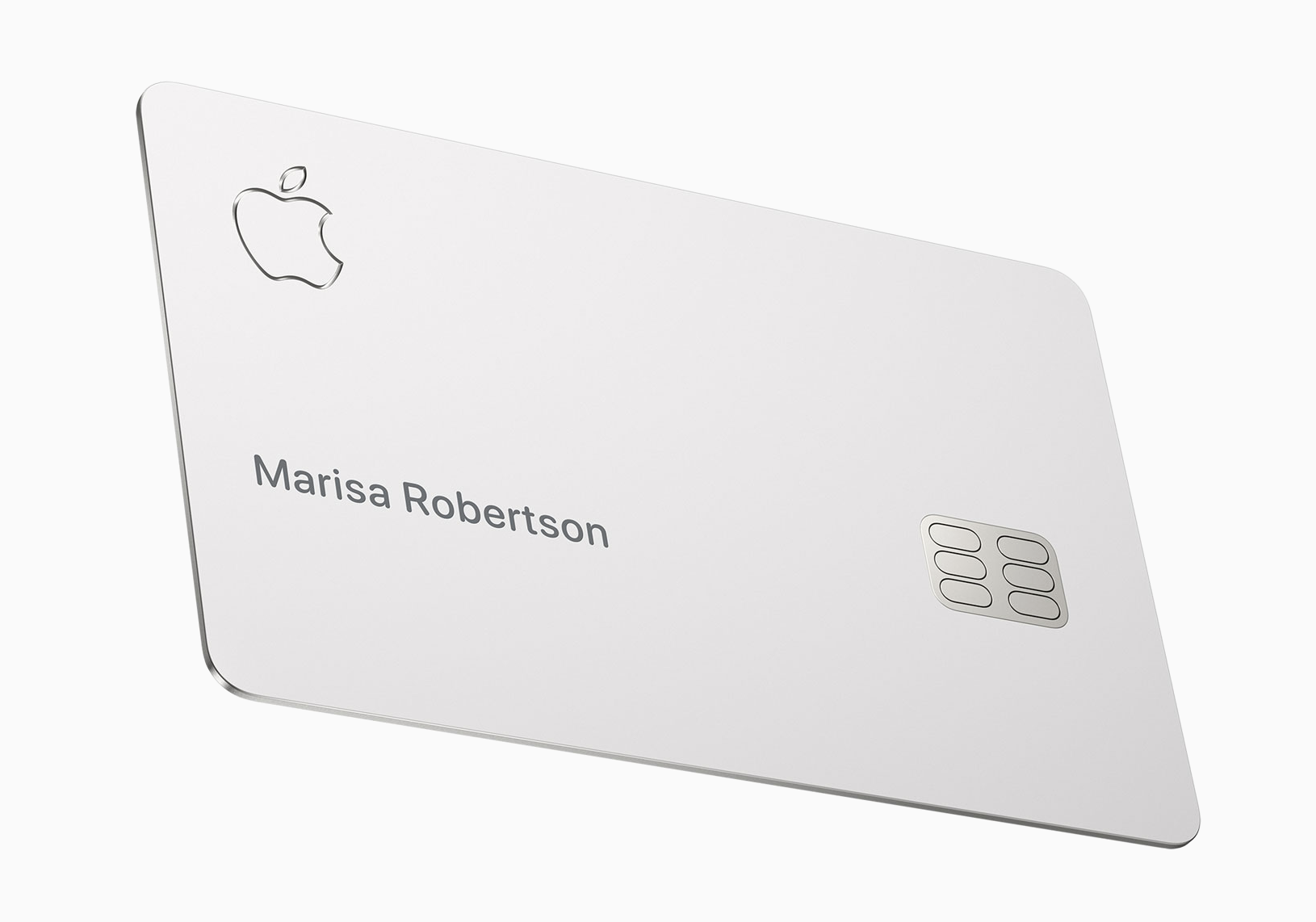The Apple Card: Everything We Know
The Apple Card: Early Deep Dive
2019 Apple Card
Key Benefits
3% Cash back at Apple
2% Cash back when you make a purchase with Apple Pay
1% Cash back when you make a purchase with the physical card
No Annual Fee and No Sign Up Bonus
On March 25, 2019, the Apple Card issued by Goldman Sachs, was introduced during an Apple keynote event from the Steve Jobs Theater at Apple Park. One of the largest tech companies in the world getting into the credit card space is an unusual occurrence, but Apple did bring some very interesting concepts to the table as would be expected. The Apple Card's actual release day was not mentioned but is due to release “Summer 2019”, so the following information is subject to change.
To the Point
Apple introduced a very simplistic credit card product that is built into the Apple Wallet app on iPhone. Sorry Android users, you will only be able to use the physical card until you get an Apple phone! The Apple Card seems to be intended to make purchases using Apple Pay to transform the entire credit card experience into a quicker and simpler phone app process. The Apple Card offers a 2% cash back reward when users make Apple Pay mobile wallet purchases. For individuals who don't use Apple Pay, you will also receive a fancy physical laser etched titanium Apple Card. The physical Mastercard card only earns 1% cash back and can be used at merchants that do not accept Apple Pay. The physical card does not have any numbers etched into it, but has your name and the Apple logo. If you want to use your Apple card online, there is a virtual card number in the Wallet app. There was no mention of rewards earned from online purchases, but unless they are made via Apple Pay we would assume you would only earn the basic 1% cash back or nothing at all. From the photo's released, the physical card looks very high quality and minimalistic,which brands perfectly with Apple’s tech products. Which bring us to the next reward, the Apple Card will earn 3% cash back at Apple. The Apple Card's cash back system is different than most cash back cards that issue your reward at the end of the billing cycle. The Apple Card issues the cash back you have earned daily, which can be visualized in the Apple Wallet collecting on a separate "card" which holds your cash back rewards so you can spend them as you please.
No Fees? No way.
Apple has integrated financial health statistics into the Apple Wallet so you can visualize your spending, which should encourages better savings and less credit card debt. They even integrated maps into the app which can pinpoint exactly where you made a purchase. Apple claims to be the first card that encourages customers to pay less interest. The Apple Wallet app shows a payment wheel graphic which shows what you need to pay to avoid paying interest, and if you can't pay that amount, it shows how much interest you will be paying. Apple has gone as far as to say they will have no fees associated with the card, which includes: no annual fee, no foreign transaction fees, no cash advance fees, no late or missed payment fees, no over-the-limit fees, no balance transfer fees, and no expedited card delivery fees. So what's the catch? Is this a free money card you never have to pay any late fees on? No, no its not. Apple's fine print advises that there is a variable APR range from 13.24% to 24.24% based on your creditworthiness as of March 2019. All late or missed payments will result in additional interest accumulating toward your balance. So technically you could be paying a very hefty late or missed payment fee that will stack on your interest, despite the "no fee" advertising. While it’s completely normal for a credit card to charge a late fee and/or interest on any unpaid balance, Apple has been downplaying it. The way the company has positioned the no “late fees” can be a blurry for some people. These interest rates are based on your posted account balance, all of which can vary.
Final Point
Apple and tech fans will be buzzing about this card because it is most certainly putting a new spin the simple swiping credit card. Apple is clearly targeting a younger demographic with the new metal card and no doubt put their bullseye directly on the individuals that may struggle with finances, but still wants the new Macbook or IPhone despite the cost. These individuals will be putting their Apple purchases on their new faux "no fee" card to get that mediocre 3% back right? Unfortunately, they will assume they will have no late fees, which will be problematic for the new Apple Card users when they see their interest charges adding up quickly. The Points Passport never recommends putting purchases on a credit card that you cannot pay off each billing cycle. Paying interest completely negates the rewards point and cash back you earn. As points aficionados it is difficult to get excited for this cash back card that is very much below average in this competitive 2019 credit card market. Especially one with no sign up bonus. The Citi Double Cash card provides 2% cash back on all purchases and you don't have to hope the merchant has Apple Pay. Also, you know you are getting some of the best purchase protection as well as a access to Citi Rewind. Apple did not mention anything about purchase protection or any other insurances. If you really want to start taking advantage of the mobile payment life, then we suggest the U.S. Bank Altitude Reserve which earns 3x points (valued at $0.015/points) on mobile wallet purchases, which equates to 4.5% back. This is over double what the Apple Card is offering and you aren't pigeonholed into using only Apple Pay.
Read more about the Apple Card at it’s official website: https://www.apple.com/apple-card/
Photo of the 2019 Apple Card. This is the physical titanium card you can request.


